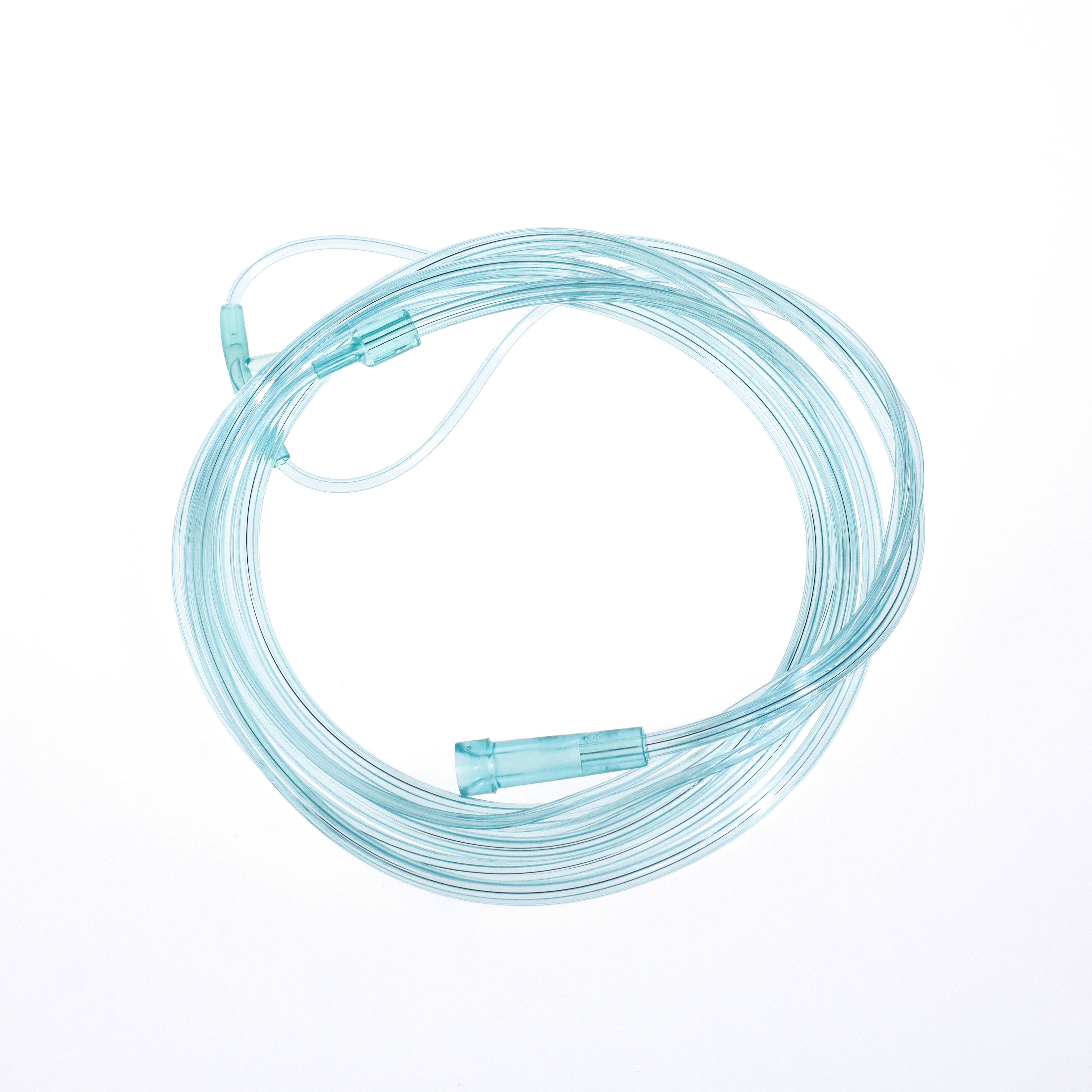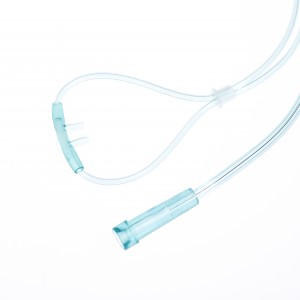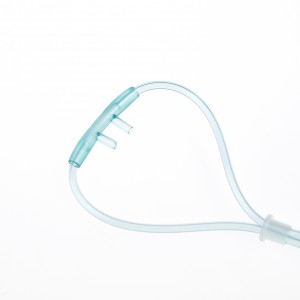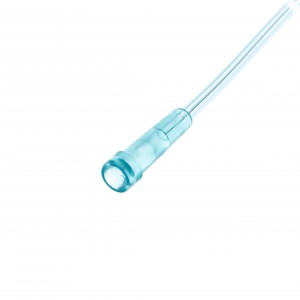Medical Use Nasal Oxygen Cannula
Sizes and Dimensions
| Type | Inner | Outer | Packing Dimension |
| Nasal Prong Injected Straight 2.1m | 1 pc per bag | 200 pcs per CTN | 50*38*34CM |
| Nasal Prong Injected Curved 2.1m | 1 pc per bag | 200 pcs per CTN | 50*38*34CM |
| Nasal Prong Dipping Curved 2.1m | 1 pc per bag | 200 pcs per CTN | 50*38*34CM |
Feature
1.Made of Non-toxic medical grade PVC,DEHP free
2.Soft tip,standard tip,flared tip and soft tip for choice.
3.With 2.1m tube or could be customized,Anti-crush tube can ensure oxygen follow even if the tube is kinked.
4.Size available:Audlt,Pediatric,Infant,Neonatal.
5.Color: green transparent,white transparent and light blue transparent for choice.
6.Packed in individual PE bag.sterilized by EO gas,200 pcs/ctn.
Description
The nasal cannula are used for patients needing only low-flow supplemental oxygen. Patients with breathing difficulties and conditions such as emphysema or other pulmonary pathologies require the nasal cannula. The flow rate for the cannula is around .5 to 4 liters per minute (LPM). All materials used in construction of the Oxygen Mask ,and the Oxygen Tubing are latex free, soft and smooth surface without sharp edge and object, They have no undesirable effects on the Oxygen/Medication passing through under ordinary conditions of use. Mask Material are hypoallergenic and shall resist ignition and rapid buring, A Nasal Oxygen Cannula is a medical device used for delivering oxygen. It consists of two plastic tubes, one end of which is inserted into the patient's nostrils, and the other end is connected to an oxygen source.
Intended Use
The Nasal Oxygen Cannula is commonly used in hospitals, clinics, and home care settings as a common treatment device for respiratory diseases. Professional guidance is necessary to ensure proper use and safety when using this device.
Application
The Nasal Oxygen Cannula can provide continuous oxygen supply without affecting the patient's normal breathing. It is suitable for patients who require low-concentration oxygen therapy, such as those with mild hypoxia, chronic bronchitis, asthma, and other respiratory diseases. Compared to an oxygen mask, the nasal cannula is more lightweight and comfortable, allowing patients to move and breathe more freely.

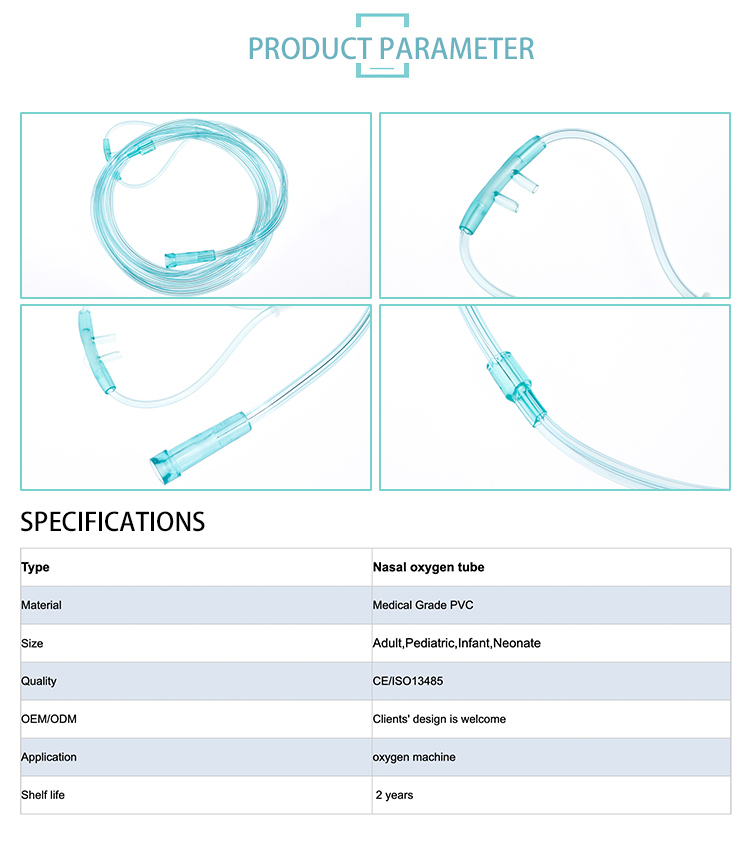
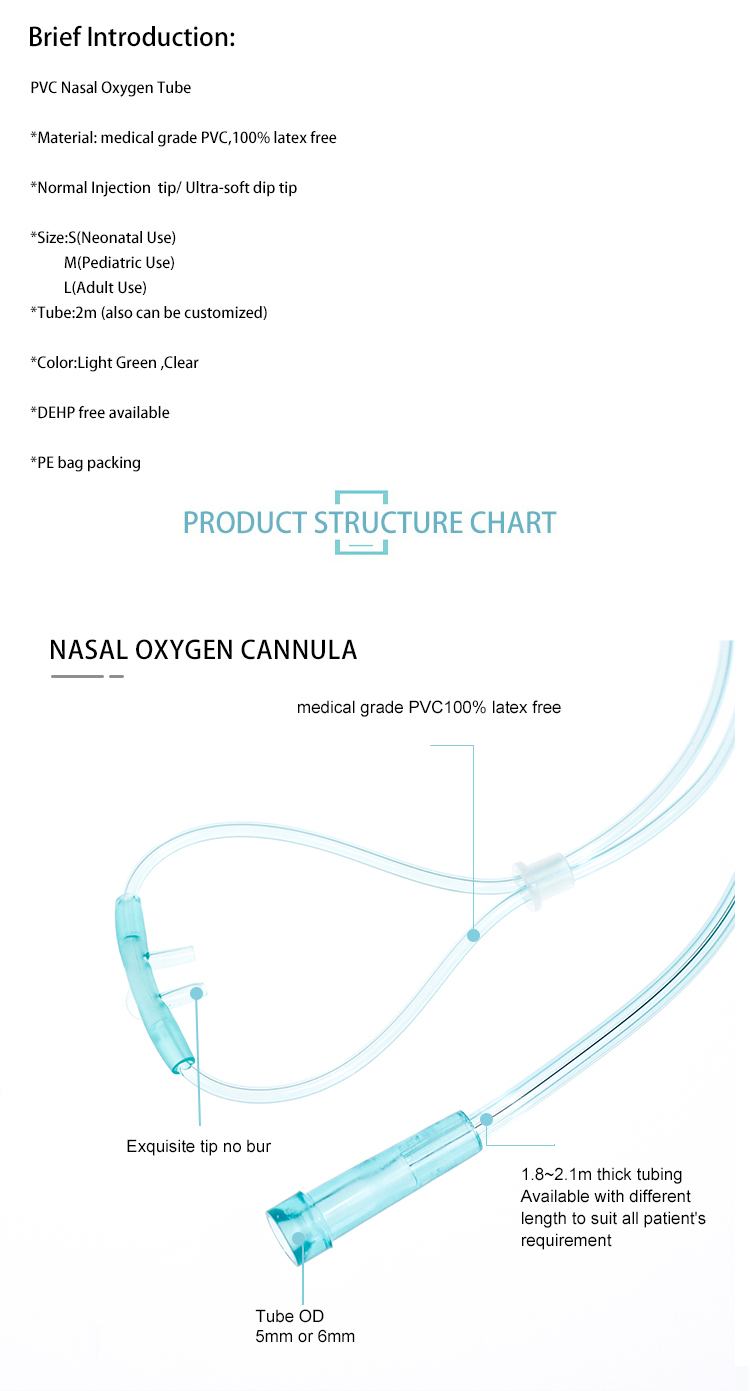


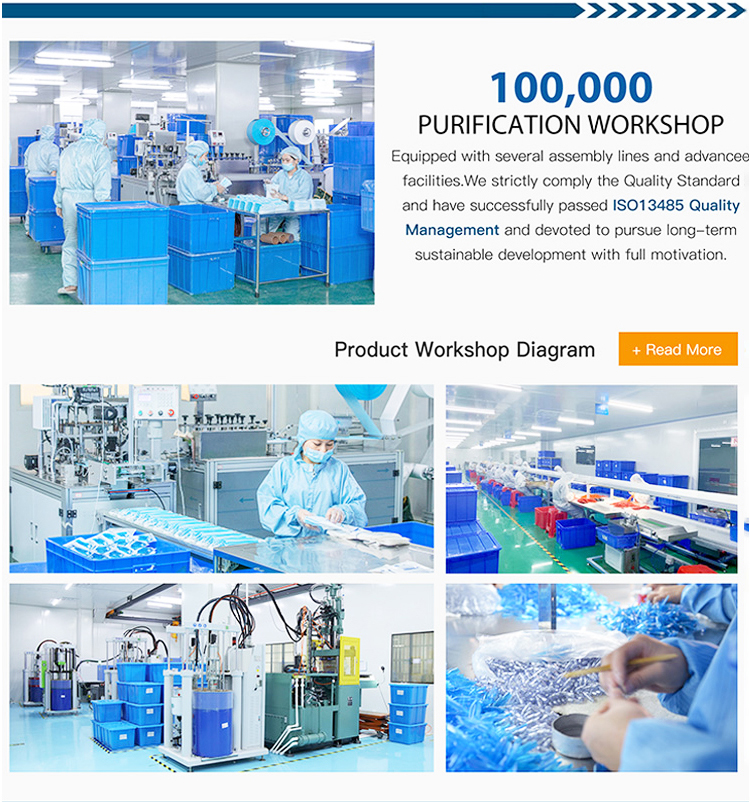
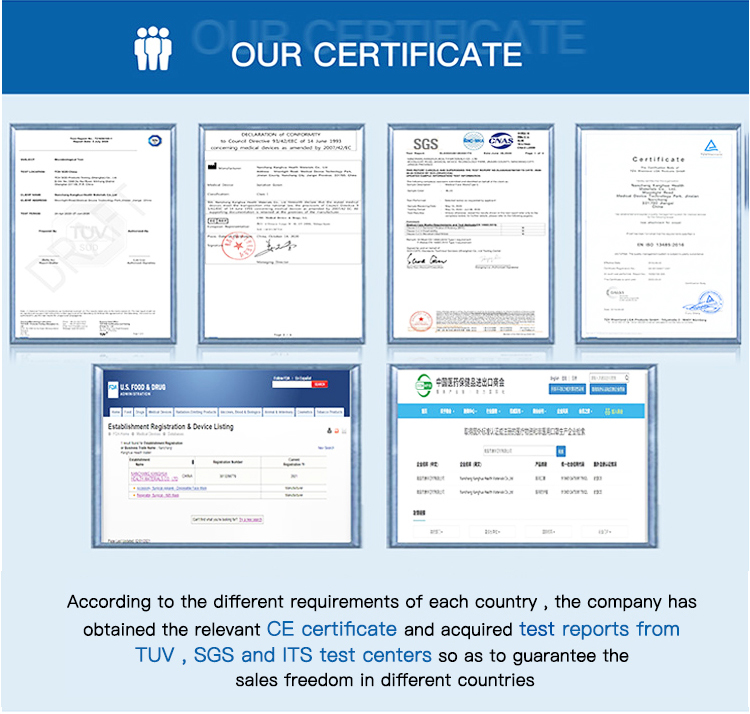



Write your message here and send it to us





